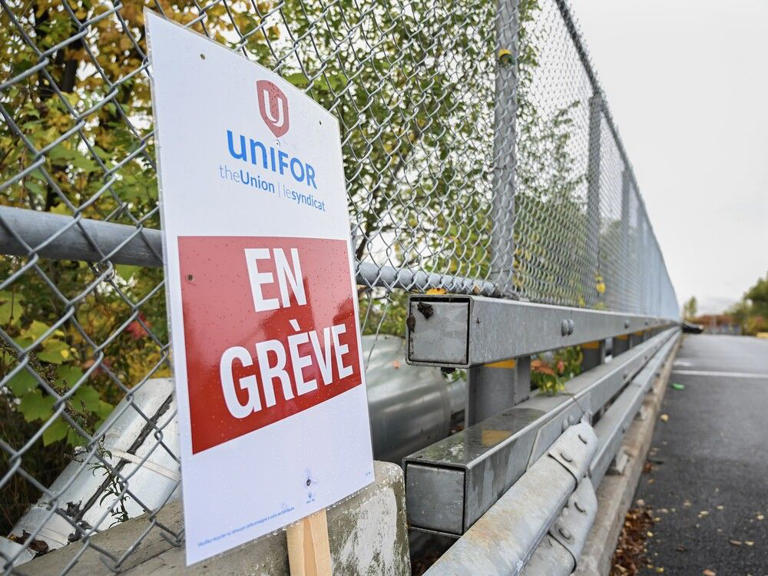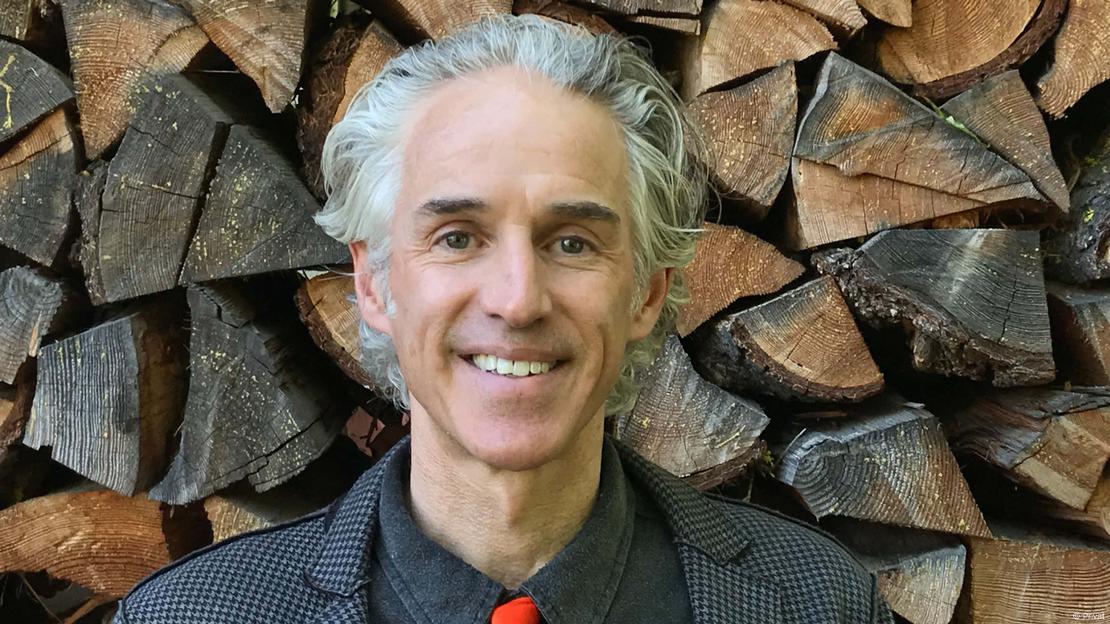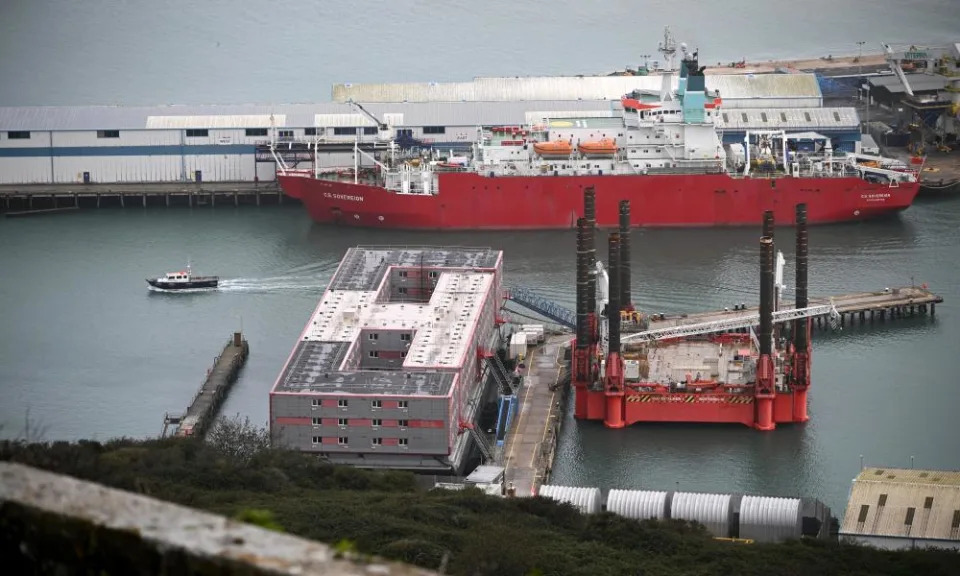Agreement reached to end strike that shut down a vital Great Lakes shipping artery for a week
It’s the first time that a strike has shut down the vital shipping artery since 1968
MINNEAPOLIS (AP) — A deal was reached Sunday to end a week-long strike that had shut down a major shipping artery in the Great Lakes, halting the flow of grain and other goods from the U.S. and Canada.
Around 360 workers in Ontario and Quebec with Unifor, Canada’s largest private-sector union, walked out Oct. 22 in a dispute over wages with the St. Lawrence Seaway Management Corp.
Seaway Management said ships will start moving again when employees return to work at 7 a.m. Monday.
“We have in hand an agreement that’s fair for workers and secures a strong and stable future for the Seaway,” CEO Terence Bowles said in a statement Sunday.
Unifor said a vote to ratify the deal will be scheduled in the coming days.
“Details of the tentative agreement will first be shared with members and will be made public once an agreement is ratified,” said a union statement.
The strike shut down 13 locks on the seaway between Lake Erie and Montreal, bottling up ships in the Great Lakes and preventing more ships from coming in.
The St. Lawrence Seaway and Great Lakes are part of a system of locks, canals, rivers and lakes that stretches more than 2,300 miles (3,700 kilometers) from the Atlantic Ocean to the western tip of Lake Superior in Minnesota and Wisconsin. It carried over $12 billion (nearly $17 billion Canadian) worth of cargo last year. Ships that travel it include oceangoing “salties” and “lakers” that stick to the lakes.
WXYZ Detroit 7, MI
Great Lakes cargo ships halted as striking workers shut down St. Lawrence Seaway
Duration 2:33 View on Watch
It’s the first time that a strike has shut down the vital shipping artery since 1968.
The Chamber of Marine Commerce estimated that the strike, which took place during one of the busiest times of the year for the seaway, caused the loss of up to $100 million per day in economic activity across Canada and the U.S.
“We are pleased that this interruption in vital Seaway traffic has come to an end, and we can focus once more on meeting the needs of consumers around the world,” chamber president Bruce Burrows said in a statement Sunday.
The Associated Press
St. Lawrence Seaway strike ends after tentative deal reached
Story by Financial Post Staff • 16h

A Unifor sign outside the St. Lambert Lock in St-Lambert, Que., amid the St. Lawrence Seaway strike on Oct. 23. A tentative deal has been reached to end the strike.© Provided by Financial Post
Tentative deal reached to end strike at St. Lawrence Seaway: Unifor
A strike that shuttered operations through the St. Lawrence Seaway for the past week has come to an end as both the union and employer announced on Oct. 29 they had reached a tentative contract with help from federal mediators.
The St. Lawrence Seaway Management Corp. says ships are expected to start moving this morning after it reached a tentative deal with Unifor to end a strike by workers that brought the system to a halt.
The company says workers will be back on the job as of 7 a.m.
Neither the St. Lawrence Seaway management nor Unifor — which represents about 360 seaway employees — shared details of the proposed agreement, but both sides were under pressure to resolve the strike that halted the shipment of cargo through the heavily-travelled corridor.
The premiers of Ontario and Quebec had called on Ottawa to intervene if federally mediated talks failed to bring about a quick end to the walkout by Unifor members at most of the seaway’s 15 locks.
But on Sunday evening, both the union and the seaway authority issued statements saying a tentative deal had been achieved.
“I am so proud of the unity of our members along the seaway as they joined together to secure better wages and working conditions for all,” Unifor Quebec Director Daniel Cloutier said in the union’s news release.
The Seaway Management Corp. said it will begin implementing its recovery program immediately and will start “passing ships progressively” as of Monday, adding employees will be back on the job by 7 a.m.
Terence Bowles, chief executive of the Seaway Management Corp., said the agreement was “fair for workers” and “secures a strong and stable future for the seaway.”
“We know that this strike has not been easy for anyone, and value the patience and co-operation of our marine industry bi-national partners; carriers, shippers, ports, local communities and all those who depend on this vital transportation corridor on both sides of the Canada-U.S. border,” Bowles said in a statement from the seaway authority.
Unifor said details of the tentative agreement will first be shared with members and will be made public once it has been ratified in a vote that will be scheduled in the coming days.
Wages have been a key sticking point in the job action, which shut down the seaway last weekend.
The seaway is a major trade route connecting the Great Lakes with the Atlantic Ocean.
Bloomberg

 On October 19, there was still little snow to be seen on the Rettenbach glacierImage: Johann Groder/EXPA/APA/picturedesk/picture alliance
On October 19, there was still little snow to be seen on the Rettenbach glacierImage: Johann Groder/EXPA/APA/picturedesk/picture alliance






